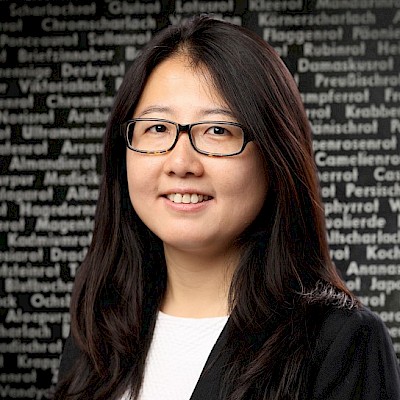Yan Geng is an assistant professor with a joint appointment in the Department of Art and Art History and the Institute of Asian and Asian American Studies at the University of Connecticut. She completed her Ph.D. study in East Asian art history at Heidelberg University in Germany in 2012. Her dissertation focuses on the representation of Mao Zedong in the early People’s Republic of China and examines how Mao’s portrait as the nation’s leader was constructed and what such images suggest about the Chinese artists’ experience during the Communist takeover of the country. She has been teaching Asian art in Connecticut since 2013 and was awarded a postdoctorial fellowship for the exhibition »Postwar – Art between the Pacific and Atlantic 1945-1965« in Haus der Kunst, Munich during the academic year 2014-2015.
Space, Power, and Memory: Mediating Urban Transformation in Socialist China
My research project concerns the dynamics of cultural figurations as well as the mediality between architectural reconstruction and the re-imagination of life formation in socialist China. I will examine the important role of political power in the urban transformation and also explore the cultural mechanism that undergird such political decisions. By considering China’s socialist art and architecture within a porous multi-cultural context, this project challenges the conventional view of propaganda work and addresses how artistic concepts and practices circulated across permeable temporal and ideological boundaries.
As a core section of the book manuscript, the study of places of memory attempts a new perspective on life imaging in modern China. I will analyze the tension between architectural construction and visual representation that reconfigures memorial space in two-dimensional surface. Attending to the control of image figuration to articulate specific political ideology, this project aims to offer special insights on the contrasting ways of “life imaging”: that of collectivity and that of individuality in socialist China.
